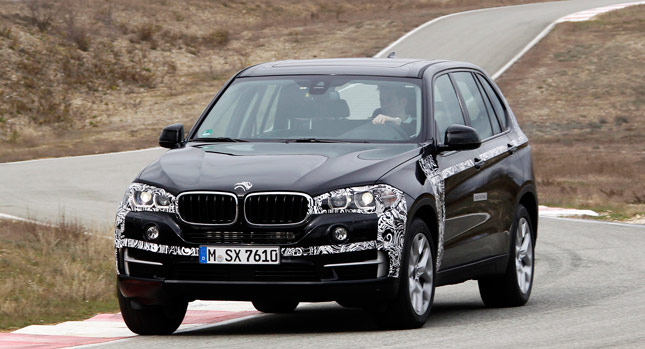BMW is very proud of the carbon construction techniques (showcased via this cool bobsled too), and it currently uses CFRP (carbon fiber-reinforced plastic) to create the backbones and hard shells of the i3 and i8 eco cars.
They also use carbon fiber to lighten their Motorsport range of vehicles, where, for instance, it is used for featherweight roofs that lower the center of gravity while also saving weight, among other utilizations.
However, the Bavarians are now looking to expand the use of the to its regular range of cars, as well. We know that they are planning to launch the all-new next-gen 7-Series with carbon parts that will be pushed along more efficiently via hybrid systems similar to those found on the sporty i8. In a recent press release, they say the first model to benefit from the transfer of green tech from the i-range is the plug-in X5 eDrive that will, for the first time, be mated to an xDrive all-wheel drive system too.
I bet they’ll use some splashing of carbon on it too, though it probably won’t really serve a functional purpose on an X5.
The official information reads that future models from both BMW and MINI will use CFRP too, and even if they won’t be the prime recipients at first, receiving reprocessed (recycled) offcuts “which can be used to reduce the weight of components such as seat frames, instrument panel frames and spare wheels by up to 30 per cent, with simultaneous improvements in terms of cost-efficient, environmentally friendly manufacturing.”
Aerodynamics will also begin to play an even bigger part in the brand’s future philosophy, and they say that even now, all their vehicles undergo extensive wind tunnel honing sessions. They say even the bulky-looking X5 is efficient in this way, with a best-in-class drag coefficient of 0.31 (a Porsche Cayenne has 0.36); Rolls Royce will probably benefit from all of these innovations too.
By Andrei Nedelea
VIDEO



